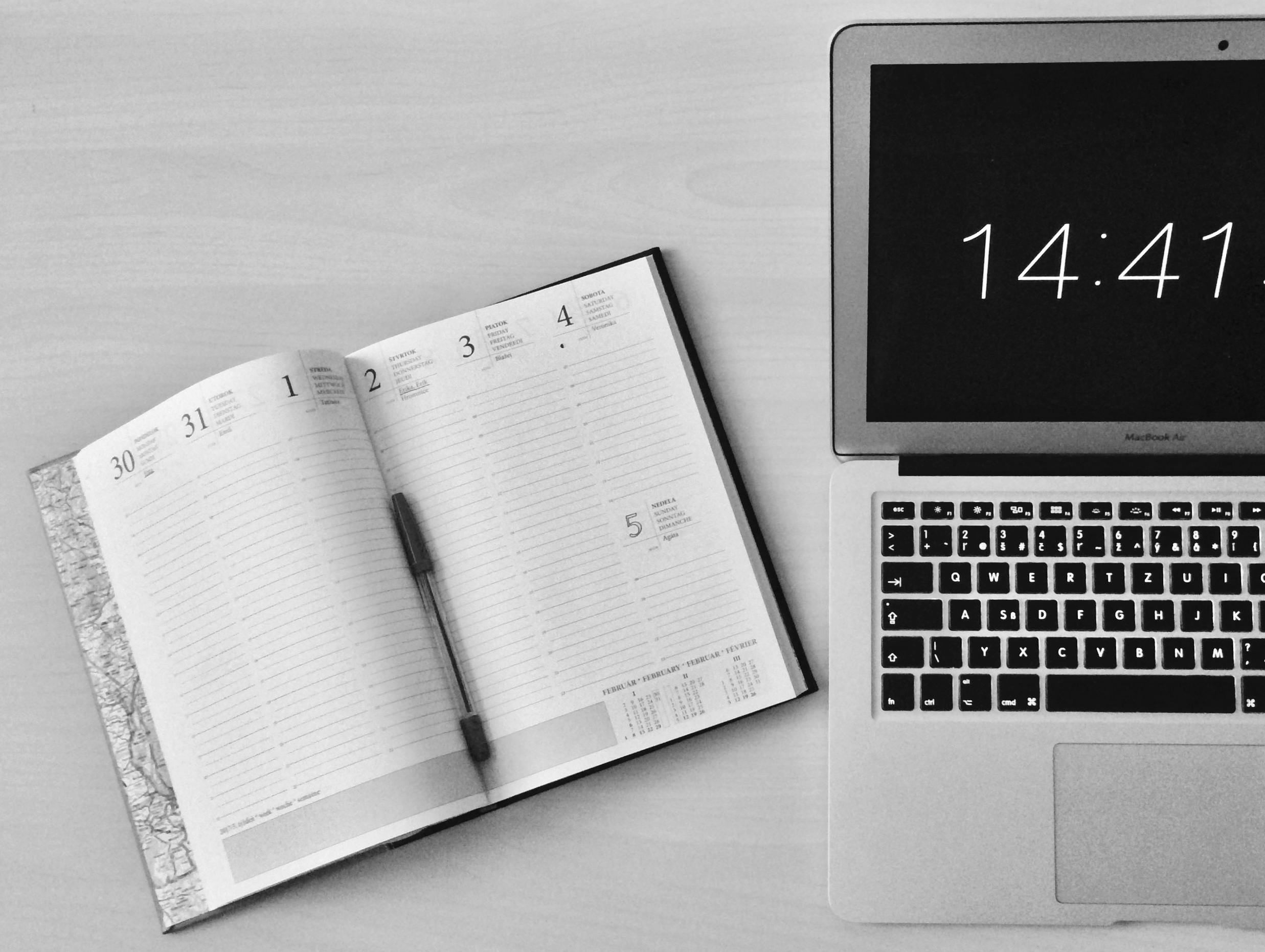Create breathing room to prevent burnout by ensuring fulfilment is part of your routine.
In today’s crazy world, it’s like we’re all living life on the fast lane, right? Between work, family, friends, and all the other stuff that pops up, it’s easy to feel like we’re constantly playing catch-up. But here’s the thing: if we don’t make time for the stuff that fills our cup, we’re just setting ourselves up for a major burnout.
So, how do we avoid crashing and burning? It’s about being smart with our time, and that’s where the POSEC method comes into play.
The perils of burnout
Excessive stress can lead to burnout, a state of emotional, bodily, and mental weariness. It happens when you’re feeling overburdened, emotionally spent, and unable to keep up with demands. The interest and drive that initially prompted you to accept a particular role start to wane as the stress increases.
In addition to decreasing productivity and depleting your energy, burnout makes you feel more and more hopeless, cynical, and resentful. You can eventually feel as though you have nothing more to offer.
Your home, place of employment, and social life are all negatively impacted by burnout. Extended periods of burnout can also alter your body’s natural defences against infections such as the flu and colds. Given the multitude of consequences, burnout must be addressed immediately.
The importance of intentional time management
It’s easier said than done, but time management throughout the day is essential to doing everything. To get a daily plan that allows for fulfilment and will keep you motivated, try the POSEC approach, which is based on Maslow’s well-known hierarchy of needs.
What is the POSEC method?
First off, according to online lore, a man by the name of Steven Lam devised this technique; however, there are no publications or links that I can find to support that assertion. Regardless of who came up with the idea, the links point to blog entries and first-hand reports of how effectively it has worked for some people.
Prioritise, organise, streamline, economise, and contribute are the acronyms for POSEC. It is a process by which you should assess what you need to do, not a list of things you should do in order. It uses Maslow’s hierarchy of needs as a reference. The hierarchy of needs, a pyramid-shaped chart with several uses, including gauging job satisfaction, describes how you must first have basic physiological needs (food, water, air, etc.) satisfied before you can experience true contentment.
When it comes to POSEC, you have the same understanding: while taking care of the tangible things is important, your ultimate goal should always be fulfilled. Work-structuring techniques like Pomodoro, which mandate scheduled breaks in between concentrated work sessions to allow for relaxation and motivation, are based on the same principles.
How to apply the POSEC time management technique
Set priorities
The POSEC principle of prioritisation is the first step. Jot down everything that has to be done, such as completing a significant job project, preparing for an exam, tidying your home, or supervising your children’s after-school activities. Remember to schedule time for activities like watching your favourite show, calling your mother, or getting coffee with a buddy.

Next, divide up all of your tasks into manageable portions and cross off anything that seems particularly superfluous, such as answering old emails unrelated to the job assignment or giving the coffee maker a thorough cleaning if you have more important, urgent cleaning to accomplish.
What small measures will it require if you need to conclude a work project? Sort all of your tasks into priority lists. If possible, use an Eisenhower matrix approach to help you prioritize your tasks based on their relevance and urgency.
Organise
This brings you to POSEC’s second step—organisation. The tasks for the day become clear once you’ve prioritised everything and put them in some form of order on paper. Next, create a to-do list that is organised into a 1-3-5 format, allowing you to include one large duty, three medium-sized tasks, and five smaller tasks.
Streamline
You’ll revisit the non-essential chores you initially discarded as needless when you proceed with streamlining. Think about them again. Can some be assigned to a family member, hired professional, or coworker? Is it possible for some to be automated? Or should some be totally eliminated? Next, think about the other chores you chose not to remove. Can any of them be made more efficient by automating, delegating, or merging them with something else?
Economize
Next, economize everything that’s still on the list in order to cut costs. Here, try timeboxing: set up specific times of the day for all of your responsibilities, big and small, as well as enjoyable tasks like editing an Instagram photo or listening to a podcast. The idea is to carve out time each day for everything that brings you joy and purpose, as well as the commonplace but necessary evils.
Contribute
This brings you to contributing, the fifth step. It is advisable to combine not only dopamine-boosting activities but also ones that benefit those in your immediate vicinity. Help a friend move, buy Girl Scout cookies, volunteer, or reply to that silly chain email your grandfather sent you.
Volunteering is a vital way to stay involved in your community and provide yourself with something more in life than your most pressing obligations, which, if you don’t balance them with other pursuits, can wear you out and drive you to burnout.
With POSEC, you start at the bottom of the pyramid with your own objectives and obligations and work your way up to the top, where you are free to do as you like and even make someone else’s day better. Making time for your own interests and overall kindness will keep you motivated to complete the tasks at the base of the pyramid.
(Tashia Bernardus)
